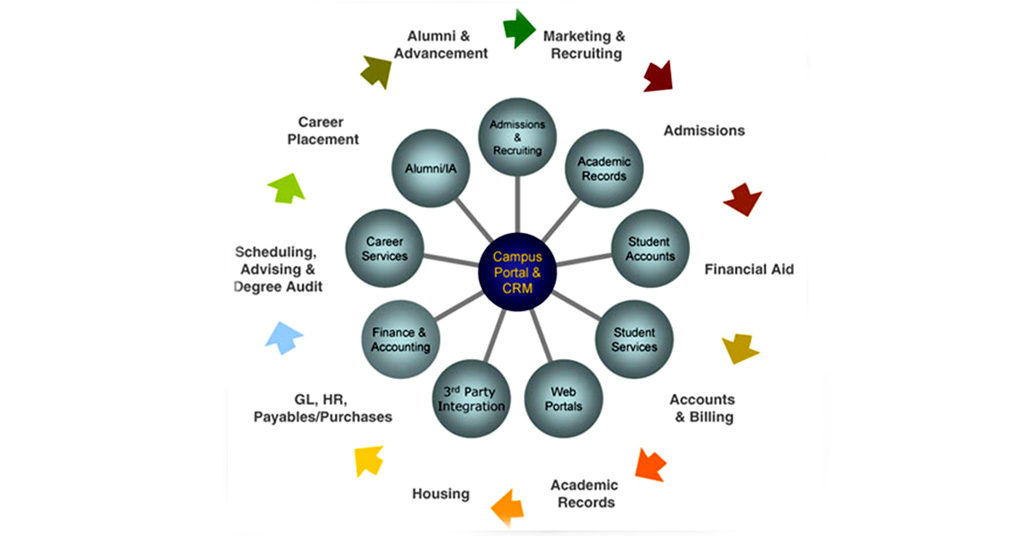Imagine a future where learning is no longer confined within campus boundaries. Where knowledge is not restricted by Bricks and Mortar. Where traditional onsite learning is augmented by immersive video communications, social collaboration and mobile technologies. Then imagine the positive impact on your students, staff and on the future of institutes of higher learning. It’s nothing short of revolutionary.
Over a quarter billion students are due to enroll in Higher Education institutes by 2025, globally. Accommodating that volume of students means rethinking the traditional campus.
Communications technologies have a major enabling role to play. It’s starting to happen today. Many Higher Education Institutes have already embraced sophisticated communications technologies, such as mobility, video, cloud, wireless and social media in order to excel.
This technology revolution is already improving the learning experience across the world. Smartphones, high speed Wi-Fi connectivity and free Calling Apps are now standard issue for students. Voice is no longer the preferred communications channel, replaced by texting, social media and even video.
Higher Education need to ensure the best information and communications technology infrastructure is available, not just for their staff, but also for students supporting communication anywhere, anytime on any device. After all, a student is also a University’s customer.
Running a world-class University not only requires advanced infrastructure for the physical campus, but also the virtual campus that supports a rapidly growing cadre of distance learners. Millions of global students now earn their degrees completely online, paying top dollar. Others subscribe to free short courses. In fact, distance learners will soon outstrip the number of international students.
The Connected Campus fundamentally transforms the way we teach, learn and Work – delivering operational excellence, unprecedented student and faculty Engagement, and campus safety.


